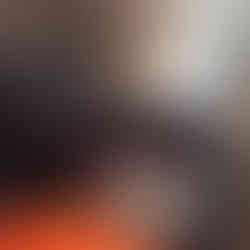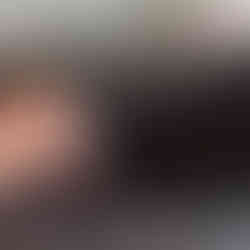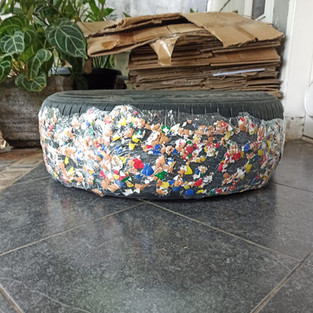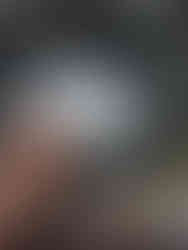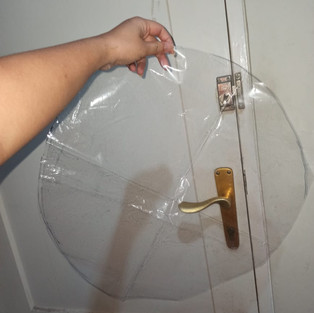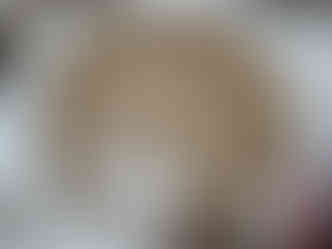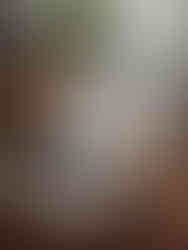Author’s Name: Lorenzo Pereira
Title of the article: Conceptual Art Movement
Summary:
Conceptualism is another name of Conceptual art, the conceptual art style is an art style in which the artist emphasizes on the idea and concept before depicting any painting. In this art style, concept and idea are the vital elements. It means every artist do proper planning and take decision before making any painting. It is a very organized art style that is opposite to pop art in which artists take any common object for their painting and draw it whimsically. Conceptual art is a perfunctory style.
Sol LeWitt and Joseph Kosuth were among the first ones to insist that genuine art is not a unique or valuable physical object created by the physical skill of the artist – like a drawing, painting or sculpture – but instead a concept or an idea. While Joseph Kosuth gives special prominence to language and frequently references Wittgenstein’s philosophy of language and Freud’s psychoanalysis, Sol LeWitt, who used different media in his work, focused on the idea itself, saying that idea is like a machine that makes the art.
Apart from other art branches, philosophy was quite an important source for the development of conceptual art. It wasn’t only the Wittgenstein’s philosophy of language that influenced conceptual art movement, but also poststructuralist and postmodern philosophers, especially French ones, such as Jacques Derrida, Michel Foucault, Gilles Deleuze, and many others.
It was Sol LeWitt who made this new important distinction – the distinction between idea and the art as a product. LeWitt’s conceptual art is not about the singular hand of the artist. It is about ideas that are behind the works; ideas that surpass each work itself. This great artist also wrote a lot.
His famous quote is: When an artist uses a conceptual form of art, it means that all of the planning and decisions are made beforehand and the execution is a perfunctory affair. The idea becomes a machine that makes the art.
The paintings of these artists are the backbone of Conceptual art. At some occasions, this art style has been called installation art because the materialistic depiction of this artwork can be installed merely by following a set of written instructions. That’s why we see its association with the JMW Turner and other young British artists. It was 1990 when the demand for this art style was at the peak. It also became so famous during this period because its artist did not use to use traditional skill to draw paintings.
Marcel Duchamp (French artist) paved the way for the conceptualists, providing them with examples of prototypically conceptual artworks. His artwork of 1917 (Fountain) is the best precedent of conceptual art.
-
Author’s Name: Roberta Smith
Title of the article: Conceptual Art
Summary:
Starting in the mid-sixties, an extremely diverse range of activities know as Conceptual began in art. Ideas were conveyed by written proposals, photographs, documents, charts, maps, film and video, by the artists’ use of their own bodies and language itself. The result was a kind of art which had its existence in the minds of the artists and their audience. It demanded a new kind of attention and mental participation from the viewer.
This phenomenon was introduced by Marcel Duchamp, who claimed to be ‘more interested in the ideas than in the final product’. He took an ordinary urinal, signed it ‘R.Mutt’ and entered it as a piece of sculpture title Fountain in an exhibition. Duchamp implied that art could exist outside the conventional ‘hand-made’ media of painting and sculpture and beyond consideration of taste; he meant that art related more to the artist’s intention than to anything he did with his hands. He assumed that art can be made out of anything. Duchamp’s ‘one-man movement’ grew attention to many artists. His ‘art as idea’ was expanded into art as philosophy, as information, as linguistics, as mathematics, as autobiography, as social criticism, as life-risking, as joke, as story-telling.
A Conceptualist would say the ‘ideal Conceptual work’ would be that it has an exact linguistic relationship - could be described and experienced in its description, and can be infinitely repeated. It must have absolutely no ‘aura’, no uniqueness to it. Conceptual activity was united by linguistics, and by a view that language and ideas were the true essence of art, that visual experience and sensory pleasure were inessential. ‘Art’s “art condition” is a conceptual state, wrote Joseph Kosuth. ‘Without language there is no art’, said Lawrence Weiner. Language gave the Conceptualist their distinct radical character. For some artists (particularly Kosuth, Weiner, Barry), language achieved a status where it exists as both material and subject, and the work of the artists focused on the question of defining the art. Language functioned as a tool rather than art in the viewer’s mind.
The term conceptual art its first theoretical explanation from Sol Lewitt. He stated, “In conceptual art the idea or concept is the most important aspect of the work. All planning and decisions are made beforehand and the execution is a perfunctory affair. The idea becomes the machine that makes the art. ‘If someone says it’s art, it’s art’, said Donald Judd. Judd also observed ‘that advances in art are not necessarily formal ones’.
Conceptual art ranged from pure thought, as stated by Robert Barry, ‘during the exhibition I will try to communicate telepathically a work of art, the nature of which is a series of thoughts that are not applicable to language or image’. Despite its material and size, the work exists largely in the viewer’s mind. Conceptualism was variously indulgent, polemical, hilarious, narcissistic, brilliant, but only occasionally moving or wise. It contributed to the official takeover of photography and of architectural drawings and musical scores into the category of art gallery.
-
Author’s Name: Sol Lewitt
Title of the article: Paragraphs on Conceptual Art
Summary:
According to Sol Lewitt, the idea of the concept is the most important aspect of an artwork. When an artist uses conceptual art, all of the planning and decisions are made beforehand and the execution is done quickly. Ideas implement the concept, and becomes a machine that makes the art. Ideas can be works of art; they are in a chain of development that may eventually find some form. This kind of art is based on what one feels to be true, involves mental process, and purposeless. Conceptual artists are mystics rather than a rationalist. Conceptual art is not necessarily logical. Logic is usually used to camouflage the real intent of the artist, lulling the viewer into the belief of how he understands the work. Ideas are discovered by intuition.
In conceptual art, what the artwork looks like isn’t too important. No matter what form it may have it must begin with an idea. What the artist is concerned about is the processes of conception and realization. Once artwork is given physical reality by the artist, the work is open for people to percept it. If the artist proceeds with their idea and makes it into a visible form of artwork, then the process is the most important. The idea itself is a work of art. All steps followed are of interest. Those that show the process of an artist’s work are more interesting than the final product.
The plan would design the work. In each case, the artist selects basic forms and rules that would govern solutions for problems. Fewer decisions made along the way, the better. This eliminates decisions based on personal choices, unpredictable things that might happen, and decisions influenced by personal feelings, tastes, and opinions.
Conceptual artists usually choose a simple and readily available form when using a modular method. In fact, Complex basic forms will only disturb the unity of the whole piece. Using a simple form limits the field of work and concentrate more on the form arrangement. This arrangement becomes the end; the form becomes the means. Conceptual art uses simple number systems and philosophy of work is undeclared. It doesn’t really matter if the viewer understands the concept of the artist just by seeing the art. The artist himself has no control on how viewers will perceive his work. Different people will understand the same thing in various different ways.
Conceptual art is made to engage the mind of the viewer rather than his emotions. Conceptual artist would want to improve this emphasis on materiality as much as possible or use it to convert it into an idea. This kind of art should be stated with the smallest amount of means. Ideas may also be expressed with numbers, photographs, words, or any way the artist chooses.





